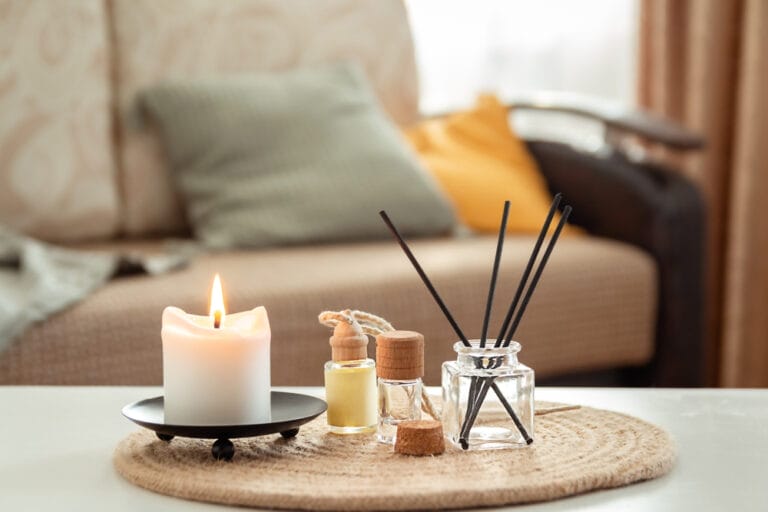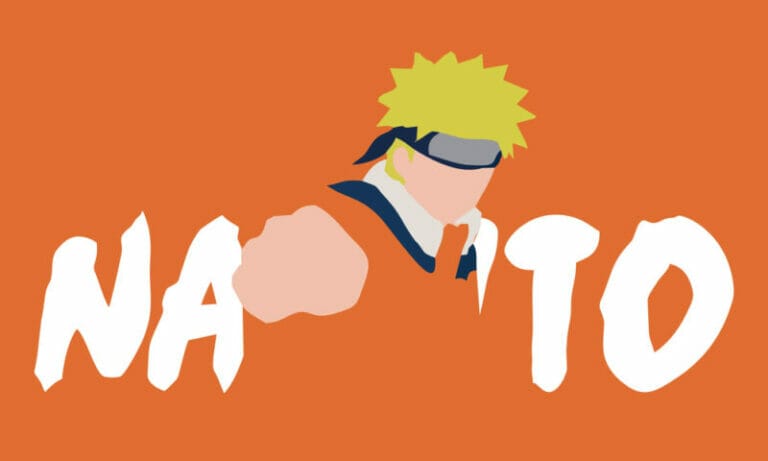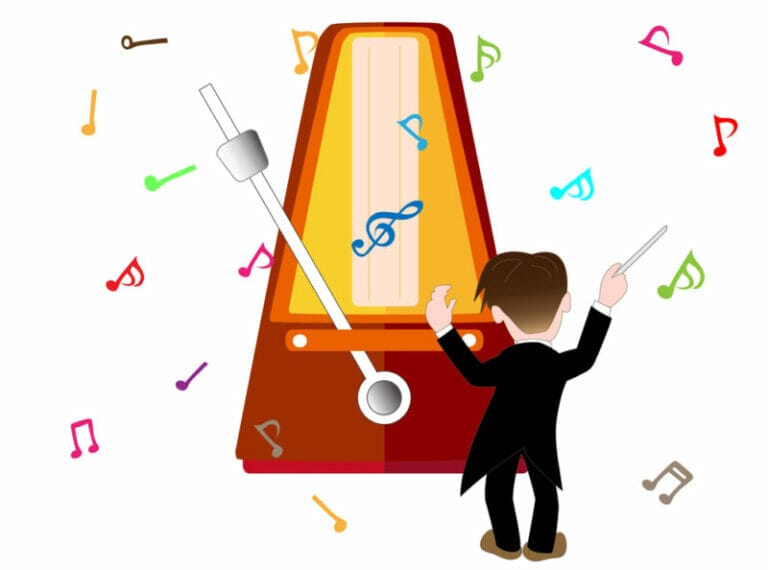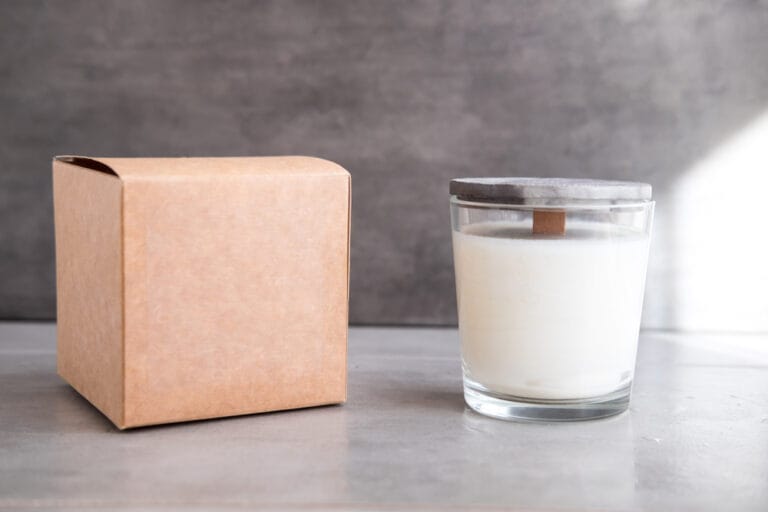Photography as Meditation (Things You Need to Know)
Meditation and photography can be a powerful combination. By centering oneself while creating something beautiful, it can be a way to find inner peace and inspiration.
In this blog, I will explore how photography can serve as an enjoyable and beneficial form of meditation, providing techniques and insights for readers to incorporate into their own practice.
Meditation and Photography: An Introduction
Meditation and photography are two relatively new areas of interest, although both have been around for centuries. We will take you through both of them, starting with meditation.
Meditating can be done in many different ways but they all rely on the same core concepts. For example, vipassana meditation is a practice of self-exploration that helps you develop insight into the way your mind works.
By achieving this insight, you gain wisdom and develop the ability to monitor the activities of your mind.
Once you gain this insight, you will start to see things as they really are. As you take the first few steps towards meditation, you will begin to see how stressful your day to day life really is.
Some photographers use meditation as a way to clear their minds and be more present in the moment when they’re taking a picture.
Many photographers use meditation as a way to find inspiration and find their inner creativity.
The art of photography can be used to inspire people to think differently about their lives, their environment, the world around them, and the people they interact with.
You may look at it as a relaxing pastime, but there is so much more to it than that.
Photography has many benefits, and one of them is that it can help you develop your mind and your concentration. You can use mindful photography as a form of meditation too.
Photography in Meditation
When you hear the word meditation, what comes to mind? Is it a cross-legged man sitting in a cave on a mountaintop? Or maybe a man sitting and praying or doing yoga?
For some people, meditation is a form of religion and for others, it’s a way to relax and escape from the stress of everyday life. But what about photographers? Can photographers still enjoy meditation?
In meditation, you pay attention to your breath. In photography, you pay attention to what you see through your camera. In both cases, you find yourself in a moment you have never seen before.
They both require you to pay attention to what is happening in order to see more clearly. Paying attention in this way is called mindfulness.
It is a way of seeing that does not judge or analyze, but simply looks. It is a way of seeing that does not make assumptions about what you are seeing, but simply looks.
There’s a common misconception that photographers must be extroverts. While it’s true that a lot of successful photographers are outgoing and love to be in front of a camera, there are a lot of introverted photographers as well.
In fact, there are a lot of introverted people who take up photography as a hobby to express themselves. Introverted people make up a huge portion of the photography community.
Photography can be a great hobby for those who want to spend time alone. It’s a great way to meditate and spend a few hours a week to just collect your thoughts and engage with your surroundings.
Why Use Photography as a Means of Meditation?
You’ve probably heard that meditation is good for you, but you might not know why. In the same way that a good meditation practice can do wonders for your health and happiness, a little time spent with a camera can do wonders for your photography.
Here are a few reasons you might want to combine the two:
Meditation is a personal practice and can be done in any way that is meaningful to you.
Photography can be a form of meditation, a way to slow down and appreciate the small things in life.
As a photographer, you can find a million reasons to say no. It might be a tight schedule, a looming deadline, or a lack of ideas.
The hard truth is that saying no to a single opportunity can lead to a string of missed opportunities. By saying yes to a single photo-taking opportunity, you can open a door to a whole new world. And once you enter, you never know where it might lead.
There’s an awesome book available on Amazon that discusses this topic in more detail and provides some really valuable insights:Photography as Meditation: Tap Into the Source of Your Creativity
How Photography Helps in Meditation
Taking pictures and practicing meditation might seem to be two different things. Taking pictures is looking at the world through a camera.
Pictures are about showing reality, while meditation is about seeing reality.
Photography and meditation have been part of my life for many years. Taking pictures and practicing meditation have now become closely related for me.
If you want to take good pictures, you have to pay attention to the things around you. You have to pay attention to what you see and then try to take a picture of what you see.
The Benefits of Mindful Photography
Both meditation and photography can help you to see the world around you more clearly.
Meditating and taking pictures of things around me makes me feel calmer and happier.
It is a good way to keep your mind clear and focused, which in turn can help you become a better photographer.
For many, the idea of taking time out of a busy schedule to sit and focus on a single thought is a foreign concept.
We live in a world of constant stimulation and endless responsibilities. But what if taking a moment to slow down could make you a happier and healthier person?
Mindful Photography: Things to Keep in Mind
01. Follow Your Passion
When you are inspired to take photos, or to meditate, you are on a path. You don’t decide to take photos or to meditate, you are inspired to do it.
It doesn’t matter how much time it takes, or what other people may say about whether you should take photos or should meditate. As long as you are following your inspiration, it’s the right thing to do.
You might start out by giving good reasons for why you want to take photos or why you want to meditate, but as you keep doing it, you don’t need to keep giving reasons.
You don’t have to think about how you are going to get to the goal of taking photos or of meditating. The goal is right here, you just have to realize it each moment.
So don’t think too hard about why you’re drawn to taking photographs, or why you might want to meditate more often – just take that first step towards achieving your goals!
02. Focus on the Present
Meditation helps you become more aware of what’s happening around you. It helps you pay attention to the ordinary things around you.
Meditation and photography both lead you to pay more attention to the ordinary things in life.
I used to think that meditation would take me to some kind of magical place. Or I thought that I would see something really unusual and amazing when I went to exotic locations.
But now I think that the ordinary things in life are the most interesting. I can take a picture of something right here and now and it can be more interesting than something that is far away and exotic.
Have you ever walked down the street without paying attention to the sights you are seeing?
It’s likely you did this very same day! The world is full of beauty, but our minds are getting too busy to notice it. Bring your mind back to the present.
Take a deep breath before you take your photo. Take one to enjoy the moment. Take one to appreciate that this moment happened, that you were there to see it, that you were there to capture it.
03. Don’t Be Scared to Experiment
When you take a picture, you’re capturing a moment in time. The shutter of the camera is like a pause button. It stops the action and makes the picture.
When you take a picture, you’re really stopping the moment and looking at it in a new way. You can see the details in the picture and see the things that you didn’t see before.
When you take a picture, you’re really stopping the moment. It’s like when you’re meditating. When you’re meditating, you’re stopping the action and looking at it in a new way.
Both meditation and photography take a lot of practice to get good at. And to get really good at them you have to be curious about the world and want to see it in a new way. That means you have to see things as if you were a child and stop seeing things as if you were an adult.
Walk outside and find a place that has a tad bit of privacy, so as not to worry about being bothered. It doesn’t have to be an elaborate location either – perhaps just a bench in a nearby park.
The point is, you want something you feel safe from distractions from other people or from things going on around you. Sit in a place where you’ll be able to watch the world pass you by.
You’ll be surprised at how much inner peace you could find from simply resting out in nature.
While you’re there enjoying your coffee or listening to the flowing water, feel free to grab your camera and snap some shots of what’s going on around you – whether it be people walking by or even the natural scenery – as long as it helps match your mood.
04. Appreciate
When you take the time to take photographs, take the time to appreciate them. There is a tendency to be disappointed when we review the pictures we take and they do not match our expectations.
But we should remember that the photographs we take are subjective and we should not expect them to be perfect.
Each time we take a picture, we are capturing a moment of time, a moment that probably will not last as long as we want it to, so we have to cherish those pictures!
05. Practicing Mindful Photography as a Ritual
You can create a ritual around anything you enjoy. It can be a ritual of self-reflection, a ritual of gratitude or a ritual of observation. A ritual is a special activity you perform to remind yourself of something. Try to make every photo you take a part of a ritual.
The ritual should be simple and easy to follow. You need a special place just for this ritual.
To begin, create a space where you can work uninterrupted and set aside at least 20 minutes (although starting with five minutes at a time is also fine).
Next, make sure you have all your photography equipment ready and don’t be distracted by your phone or any other things.
Choose a time and place that is comfortable for you. Be sure not to feel rushed during your first few rituals, as you grow comfortable with the process, you’ll be able to complete it in less time.
Find a place to meditate that satisfies your sensibilities as some spaces might be too noisy, too cluttered or just overwhelming.
06. Equipment Needed for Meditation through Photography
Meditation is a great way to reduce stress, improve your focus or get in touch with your inner self. But many people are deterred from meditating because they think it will be confusing or time consuming.
Luckily, meditation doesn’t have to be complicated or expensive. You’ll only need a camera, some optional accessories, and some time.
You don’t need any equipment or even talent to get started with meditation photography. You do need to find a photography object that catches your interest, though. For a successful photo meditation, try to stay with a subject for at least five minutes.

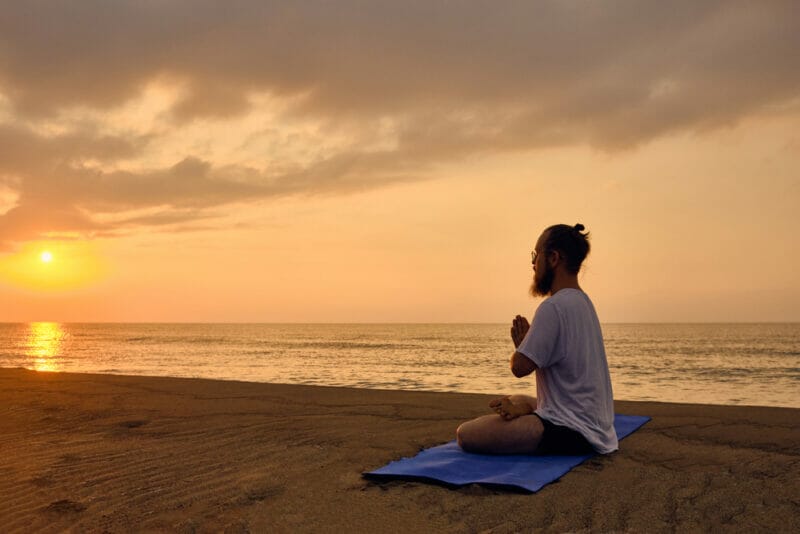
![Backflow Incense Cones Not Working [5 Troubleshooting Steps]](https://ev6e9u5gai4.exactdn.com/wp-content/uploads/2022/05/Backflow-Incense-Cones-Not-Working-Final-768x512.jpg?strip=all&lossy=1&ssl=1)
